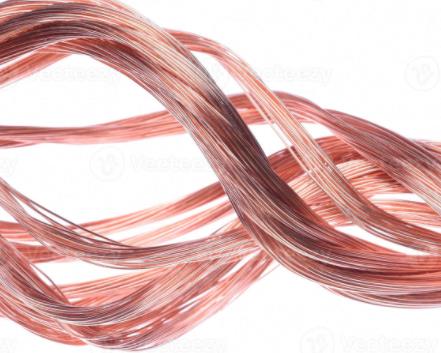Can you Convert AWG to the Metric System?
The American Wire Gauge (AWG), also known as the Brown & Sharpe wire gauge, is the US standard that defines the cross-sectional areas and diameters for solid, round electrical wire. The cross-sectional area determines a conductor’s current-carrying capacity and resistivity, helping you find the right size cable conductor for your application.
But what if you are working with others outside the US? In Europe, Asia, and other regions outside the US, metric (ISO) wire and cable sizes commonly use mm2 to measure cross-sectional areas. Can AWG be perfectly converted to the metric system?
Important Facts about AWG Wire Sizes
To comprehend how AWG converts to the metric system, it is important to make sure you have a full understanding of AWG and the United States’ ASTM B258 standard.
- AWG numbers are based on the number of dies originally required to draw down the raw copper to the appropriate size, resulting in a larger AWG number for a smaller-sized wire.
- AWG is based on whole numbers with 38 common sizes (from 4/0 to 36 AWG). Sizes smaller than 36 AWG can be calculated in gauge, but wires larger than 4/0 are commonly expressed in 1,000 circular mils (kcmil or MCM) where one cmil is the area of a circle with a diameter of one mil (1/1,000 inch).
- AWG size, cross-sectional areas, and diameters for solid, round wire are fully defined in the US by the standard ASTM B258 “Standard Specification for Standard Nominal Diameters and Cross-Sectional Areas of AWG Sizes of Solid Round Wires Used as Electrical Conductors”.

AWG for Solid Conductors and Stranded Conductors
To convert AWG to metric wires and cables, you must also consider the differences between AWG sizes for solid conductors and stranded conductors.
- AWG-related cross-sectional areas and diameters defined by ASTM B258 only apply as-is to solid conductors. Modern industrial cables are almost entirely manufactured using stranded conductors so the ASTM B258 conversions are not valid for stranded wire and cable.
- For cables constructed with stranded conductors, the AWG size is calculated by adding each solid wire strand’s cross-sectional area then cross-referencing the total on the ASTM B258 standard.
- The overall diameter of a cable with stranded conductors is determined by the geometry of the strands, such as spacing and air gaps between each strand, and will have a larger overall diameter than ASTM B258 standard solid conductors, resulting in different diameters but the same AWG size.
AWG to Metric Conversions are Approximations
As a result of the above information, an exact conversion from AWG to mm2 does not exist in the industry because conductor diameters and cross-sectional area measurements depend on the stranding of the cable, and stranding sizes can vary between manufacturers and product lines.
Please reference our metric to AWG conversion chart for approximations. For the most accurate conductor diameters and cross-sections, please reference the manufacturer’s product specifications for the cable part in question or contact us for additional assistance.
